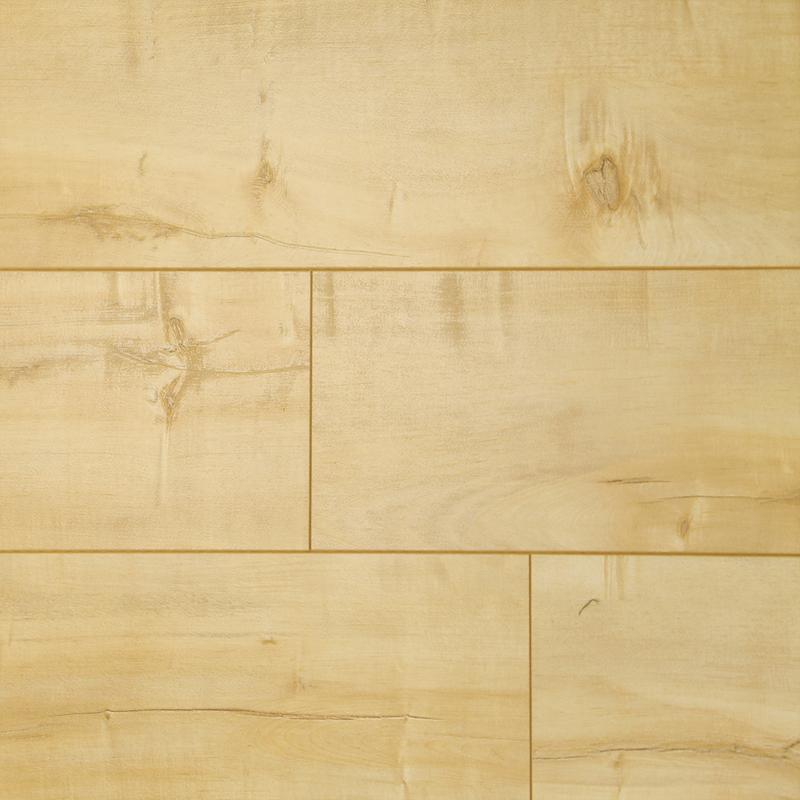Wood has been used as a building material for centuries, but traditional solid wood has some drawbacks. On the other hand, engineered wood products have become increasingly popular in recent years due to their many advantages. Engineered wood is made by bonding layers of wood veneers or fibers together to create a strong and durable material with many construction uses. In this article, we will explore engineered wood’s benefits.
Strength and Durability
Engineered wood is much stronger and more durable than traditional solid wood. This is because it is made by bonding layers of wood together, which creates a material that is less prone to warping, twisting, or cracking. Engineered wood is also less susceptible to damage from moisture, insects, and other environmental factors. This makes it a great choice for construction projects that require a material that can withstand a lot of wear and tear.
Cost-Effective
Engineered wood is also a more cost-effective option than solid wood. This is because it is made by bonding layers of wood together, which reduces the amount of solid wood needed. Additionally, engineered wood can be made from lower-grade woods, which are less expensive than higher-grade woods. This makes it a great option for construction projects where cost is a factor.
Versatility
Another benefit of engineered wood is its versatility. It can be used in a wide range of applications, including flooring, walls, ceilings, and furniture. Engineered wood can also be cut, drilled, and shaped in many different ways, making it easy to customize to fit specific design requirements.
Sustainability
Engineered wood is also a more sustainable option than solid wood. This is because it can be made from fast-growing trees, such as poplar or pine, which can be harvested in a sustainable manner. Additionally, engineered wood reduces waste by using smaller pieces of wood that would otherwise be discarded.
Ease of Installation
Engineered wood is also easier to install than solid wood. This is because it is often pre-finished and comes in large sheets or planks, which can be quickly and easily installed using a variety of methods. This can save time and money on installation costs, making it a great option for construction projects with tight deadlines or limited budgets.
Consistent Quality
Because engineered wood is made in a controlled manufacturing environment, it is much more consistent in quality than solid wood. This means that it is less likely to have defects, such as knots or warping, that can affect its strength and durability. This makes it a great choice for construction projects where consistency and quality are important.
Fire Resistance
Engineered wood is also more fire-resistant than traditional solid wood. This is because it is made by bonding layers of wood together, which creates a material that is more difficult to ignite and burn. Additionally, some types of engineered wood are treated with fire-resistant chemicals, which further enhance their fire-resistant properties.
Aesthetically Pleasing
Finally, engineered wood is also aesthetically pleasing. It can be made to look like a wide range of different wood species, which makes it a great option for design projects where a specific look is desired. Additionally, engineered wood can be finished in a variety of ways, including staining and painting, which further enhances its visual appeal.
Conclusion
In conclusion, engineered wood has many advantages over traditional solid wood. It is stronger, more durable, and more cost-effective, making it a great option for construction projects. Additionally, it is versatile, sustainable, easy to install, and consistent in quality. Engineered wood is also more fire-resistant and aesthetically pleasing than traditional solid wood, making it a great option for many applications. With so many benefits, it is easy to see why engineered wood is one of the greatest options for construction projects.













